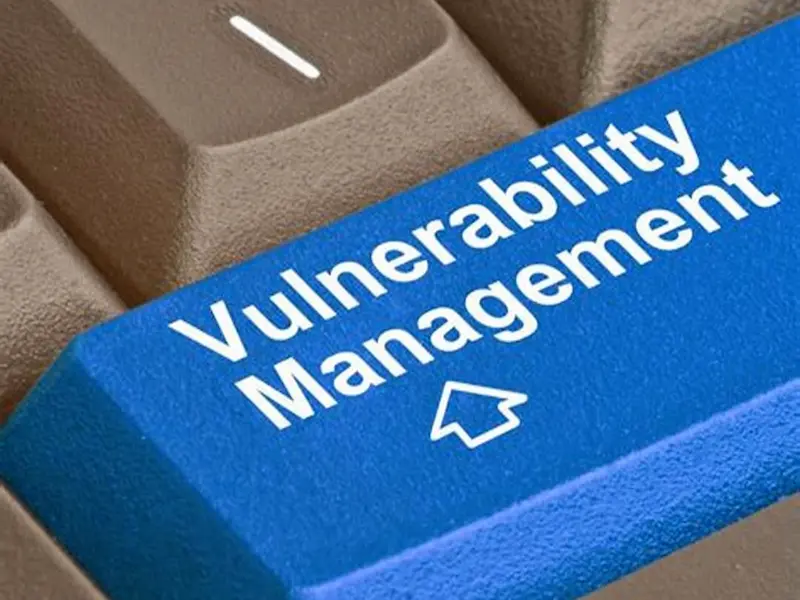- Security vulnerability management is a critical component in safeguarding an organisation’s digital assets, focusing on the identification, assessment, and remediation of security vulnerabilities across all IT systems.
- Security vulnerability management involves a systematic, ongoing process that continuously monitors and manages potential security weaknesses, ensuring that systems remain secure against emerging threats.
What is security vulnerability management?
Security vulnerability management is the practice of systematically identifying, assessing, and mitigating security vulnerabilities within an organisation’s IT infrastructure. The primary goal is to reduce the risk of exploitation by cybercriminals, thereby protecting sensitive data and maintaining the integrity of the organisation’s systems.
Essential for organisational security: Security vulnerability management is a critical component of an organisation’s overall cybersecurity strategy. It involves identifying, evaluating, and addressing vulnerabilities within IT systems to prevent potential security breaches.
Proactive and ongoing process: This process is not a one-time event but a continuous effort to ensure that security weaknesses are promptly managed and mitigated.
Key stages in the security vulnerability management lifecycle
Identification: The first step involves discovering vulnerabilities within the organisation’s IT environment. This can be done through automated scanning tools, manual reviews, or threat intelligence sources. Identification helps to pinpoint weaknesses in software, hardware, and network configurations.
Assessment: After identification, vulnerabilities are evaluated to understand their potential impact and the likelihood of exploitation. This assessment prioritises vulnerabilities based on their severity, potential damage, and the risk they pose to the organisation’s operations.
Remediation: Once assessed, the next stage is to address the vulnerabilities. Remediation actions may include applying patches, updating software, reconfiguring systems, or implementing additional security controls to mitigate the identified risks.
Verification: After remediation efforts are implemented, it is crucial to verify that the vulnerabilities have been effectively resolved. This involves testing and validating that the fixes have been applied correctly and that no new issues have arisen.
Monitoring and reporting: Continuous monitoring is essential to detect new vulnerabilities and ensure ongoing security. Regular reporting provides insights into the organisation’s security posture and helps track the effectiveness of the vulnerability management program.
Also read: Siemens expands management board to drive technology focus
Also read: Unpacking ITSM: The backbone of modern IT management
Importance of security vulnerability management
Effective security vulnerability management helps organisations:
Prevent security breaches: By addressing vulnerabilities before they can be exploited, organisations can avoid data breaches and other security incidents.
Maintain regulatory compliance: Many industries have regulatory requirements for managing security vulnerabilities, and effective management helps ensure compliance.
Protect sensitive information: Mitigating vulnerabilities helps safeguard critical data from unauthorised access and theft.
In summary, security vulnerability management is a vital practice for maintaining robust cybersecurity. It involves a continuous cycle of identifying, assessing, remediating, and monitoring vulnerabilities to protect an organisation’s IT environment from potential threats.

